8 bathroom lighting mistakes that are all too easy to make, according to experts
Getting bathroom lighting wrong doesn't just ruin the look and practicality of your space. It has safety implications, too...
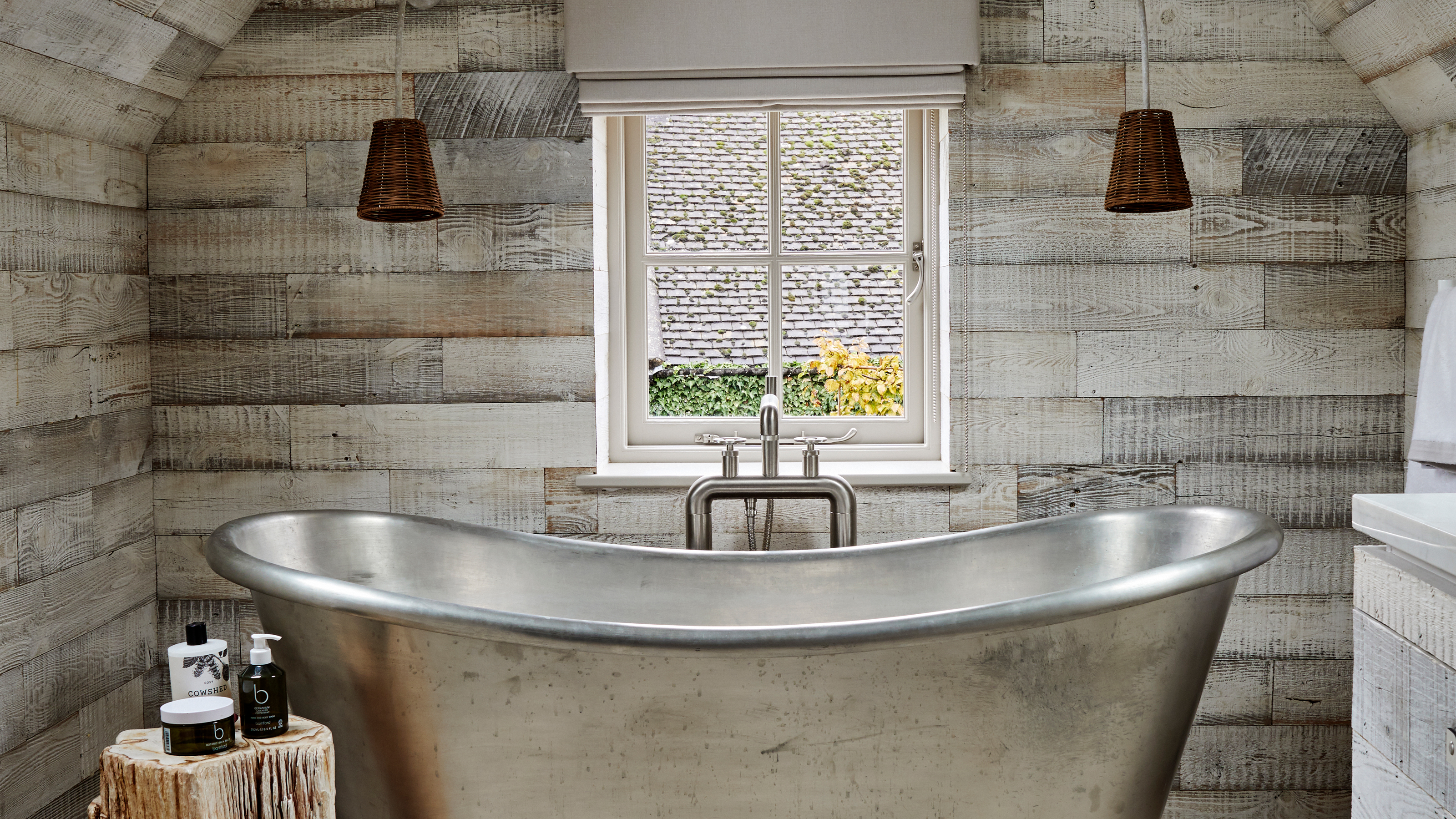

Getting your bathroom wrong can prove disastrous, and, at worst, utterly dangerous and hard to fix.
Interior designers will often remark that bathroom lighting ideas are low on the list of their customers' design priorities, even though a bathroom's electrics should be one of the first things to tackle in any remodel. So if you don't have an expert on hand to emphasize the importance of well-planned lighting, it's easy to see how things unravel.
From failing to realize that bathroom lighting needs to conform to strict electrical regulations, to installing lights in the wrong position, our panel of bathroom lighting experts reveal the common errors they see made. And, more importantly, they explain how to avoid getting bathroom lighting wrong.
1. Ignoring IP ratings
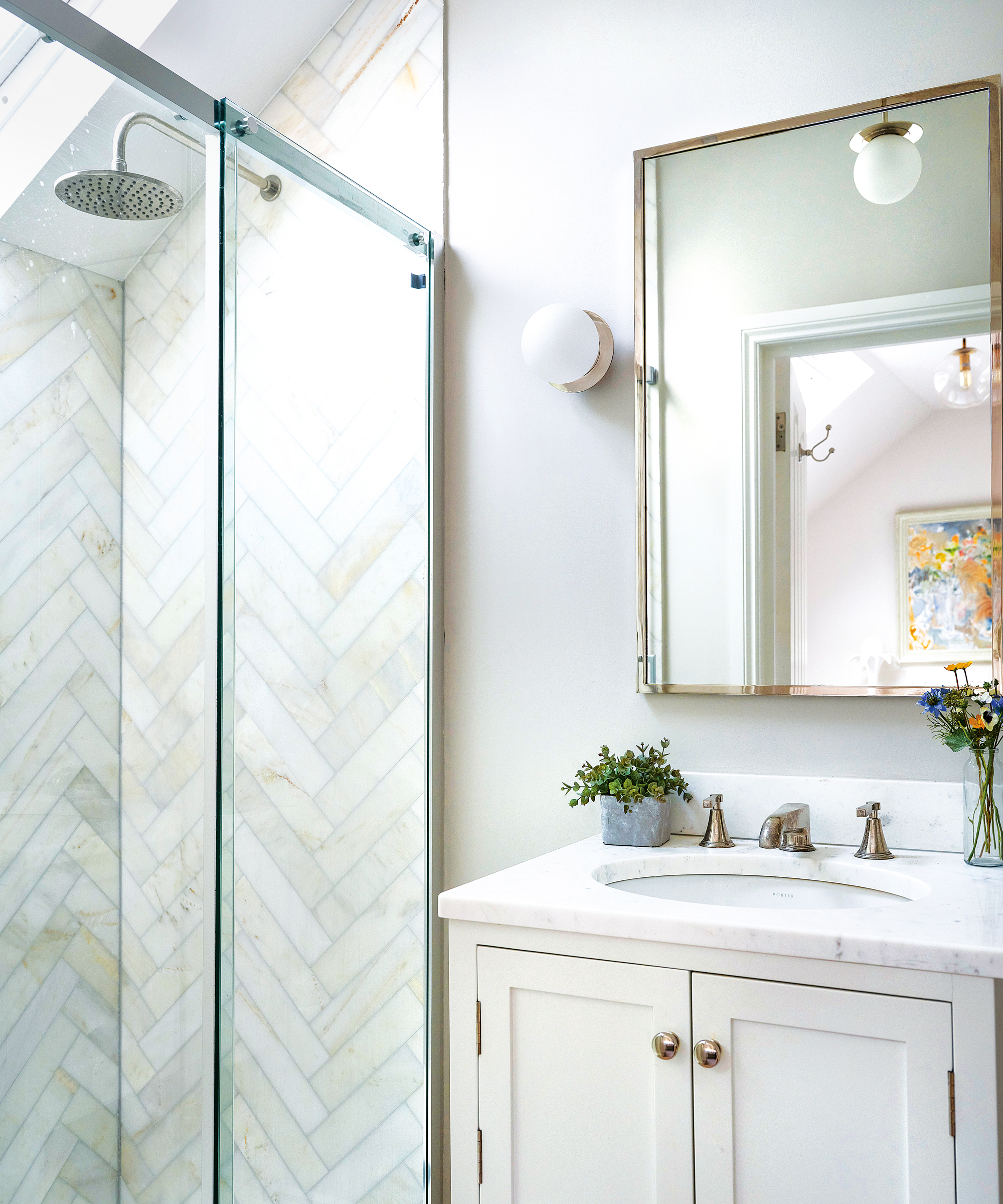
You don't need us to tell you that electricity and water don't mix. And that if they do, the results could be fatal to you and your family. That is why electricians worldwide work with an international standard called an Ingress Protection (IP) rating.
'Safely must come first! All bathroom lighting has an IP rating that indicates how resistant it is to water – the higher the rating, the stronger the seal,' explains Hanna Walter, product and creative manager at Heathfield & Co. 'Different areas of your bathroom will require a different IP rating. For example, lights inside a shower enclosure must have a higher IP rating than those around a vanity mirror due to their close contact with water.'
Peter Legg, lead designer at där lightinggoes into more detail. ‘A bathroom is split into zones where Ingress Protection (IP) rated lighting must be used,' he explains. 'Zone 0 is inside the bath, sink or shower. It’s very rare to have a light here due to the technicalities of getting a cable there without causing a leak.'
'Most bathroom lighting is suitable for Zone 1 which is the area in the immediate vicinity of the bath, shower or basin; 24 inches around the basin, 24 inches on either side of the bath or shower and 88 inches above the bath. Generally speaking, we suggest IP44 for lighting in the bathroom. If there is a danger of direct spray from a shower, use a light that meets IP65 standards.’
Ignore these ratings at your peril. If in doubt, speak to a qualified electrician before you buy your lights.
2. Installing downlights in a grid
Running short of small bathroom lighting inspiration? Downlights can seem like a practical solution, but they should be handled with care.
'If your primary light source is downlights, always avoid installing them in a grid-like formation as this will create a bland wash of light,' advises Hanna Walter. 'Rather, consider where you need light most; it helps to plan the layout of your bathroom and the lighting scheme at the same time, so you can make sure the lights are exactly where you want them.
'And don’t forget that you can’t install downlights and be done! Combining light sources is the best way to meet a room's lighting needs.'
3. Hanging lighting too low
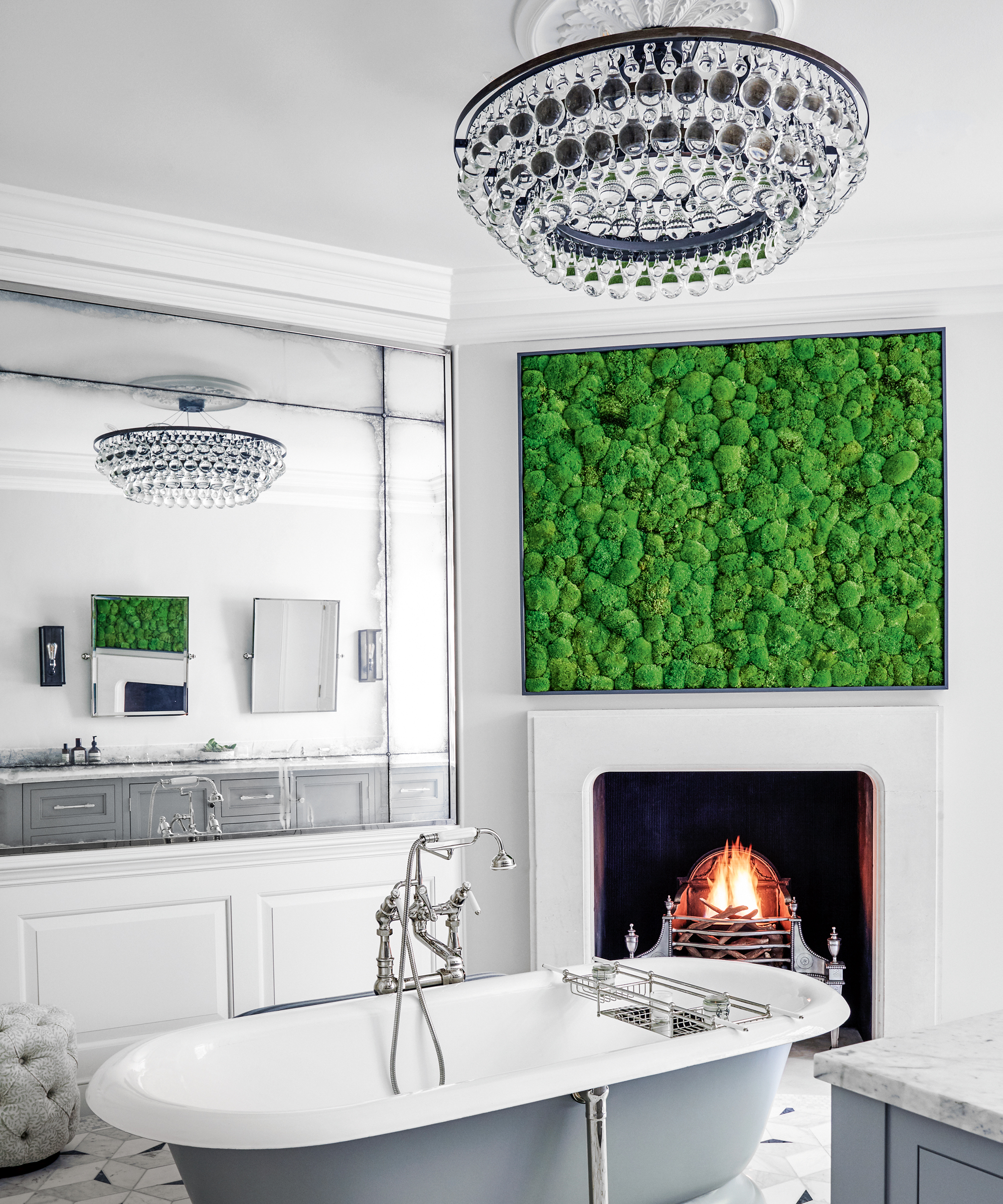
There's never been so much choice when it comes to bathroom lighting, and – on the whole – that's a good thing. But if you're thinking of installing an elegant bathroom chandelier or pendant, it's important to consider its positioning.
Hang it too low, and you could hit your head against it while stepping out of the bath or shower. And a pendant hanging near a vanity mirror could become very tiresome when you're applying make-up or trimming that beard. So think carefully about height. This stunning chandelier has impact, but its shorter drop makes it far more practical.
4. Getting your color temperatures wrong
'The right lighting can create the perfect space. Home lighting comes in a range of colour-correlated ‘temperatures’ – usually ranging from around 2,200K to 6,000K – which refers to the shade of light they give off,' explains lighting expert Michael Meiser, president of Lumilum.
'Lighting with a higher temperature – around 3,000-4,500K – produces a brighter, blue glow ideal for bathrooms – keeping you alert and energized.'
'Lower ‘temperatures’ – around 2,000-3,000K – give off a warm, yellowish light which is easy on the eyes, producing an inviting glow for relaxing evenings. Perfect for bedrooms and living rooms, warm lighting can help the body relax before bed by mimicking the hues of sunset and boosting melatonin – the chemical your body produces when it’s time to sleep.'
Low temperatures are all very well at bath time, when you can use them to encourage relaxation. But those early morning showers will be a lot more effort if you haven't got that 'blue' light present in the bathroom in some form.
'It is now possible to incorporate dimmer switches so that you can alter the brightness of the lighting (and therefore the mood of the room) as desired,' suggests Hanna Walter. 'This flexibility will allow you to create a room suitable for everything from putting on make-up in the morning to relaxing in the bath at night.'
5. Blinding people with shower lighting
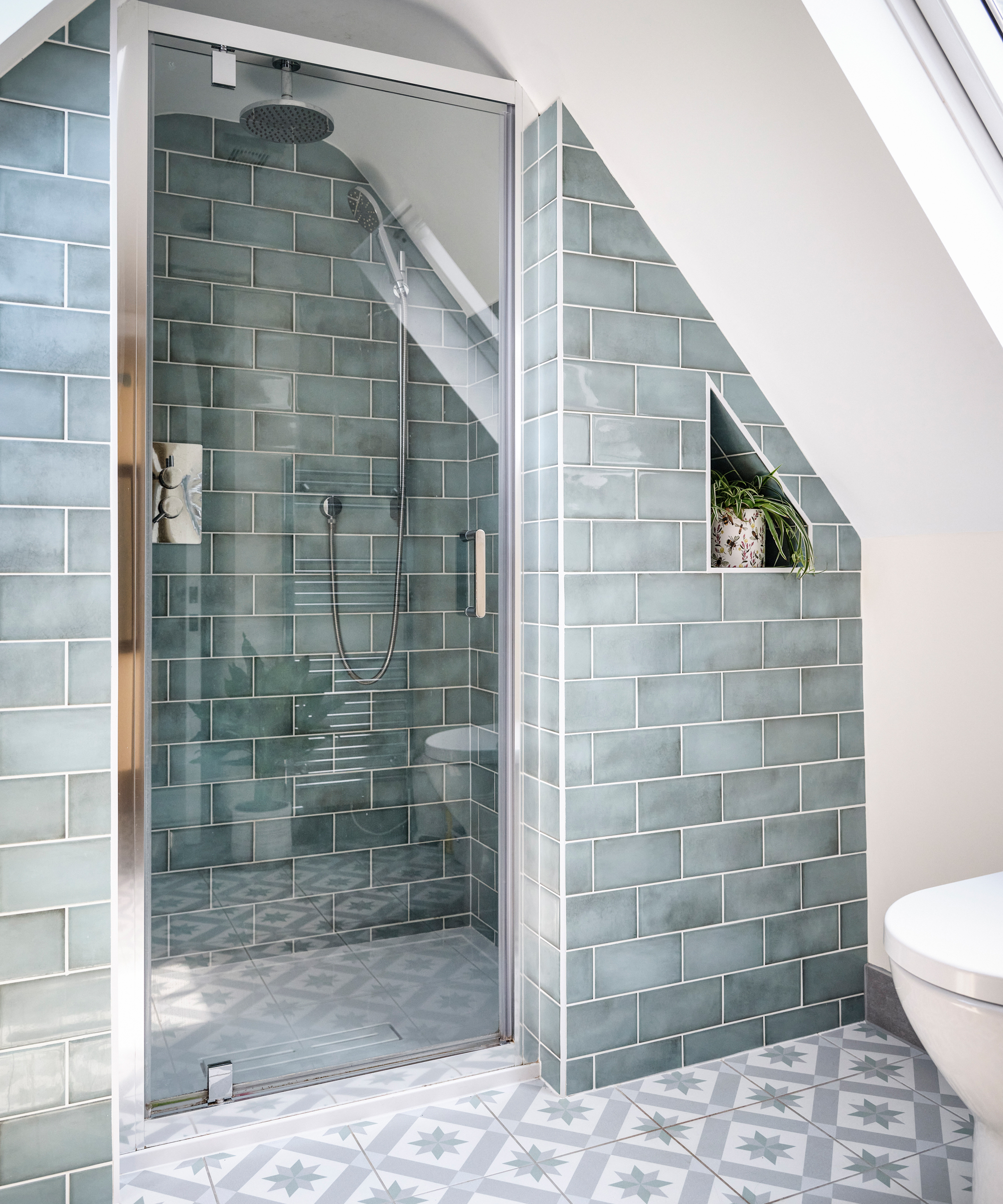
'Don’t position downlights directly above the showerhead, which will blind people when they look up,' warns Hanna Walter. 'One solution is to place a series of downlights along the long wall of the shower. This will wash soft light down wall, drawing attention to the tiles or stone, while reducing the glare of the lights.'
If you're looking for more shower lighting ideas, Hanna has a neat trick. 'If you have a niche in the shower, place a downlight in it, too. This gives you the option of turning off overhead lights at night and enjoying a shower in a softer glow.'
6. Using incandescent lighting
'When it comes to sustainable home lighting, avoid traditional incandescent lights,' says Michael Meiser, president of Lumilum. 'Switching to LED strips or fluorescent lightbulbs uses significantly less energy to keep your home lit.'
'Plus, in addition to playing your part in protecting the planet, according the USA Today, you could save around $75 a month by switching from halogen bulbs to LED lights.'
7. Fitting unflattering lighting around a vanity unit
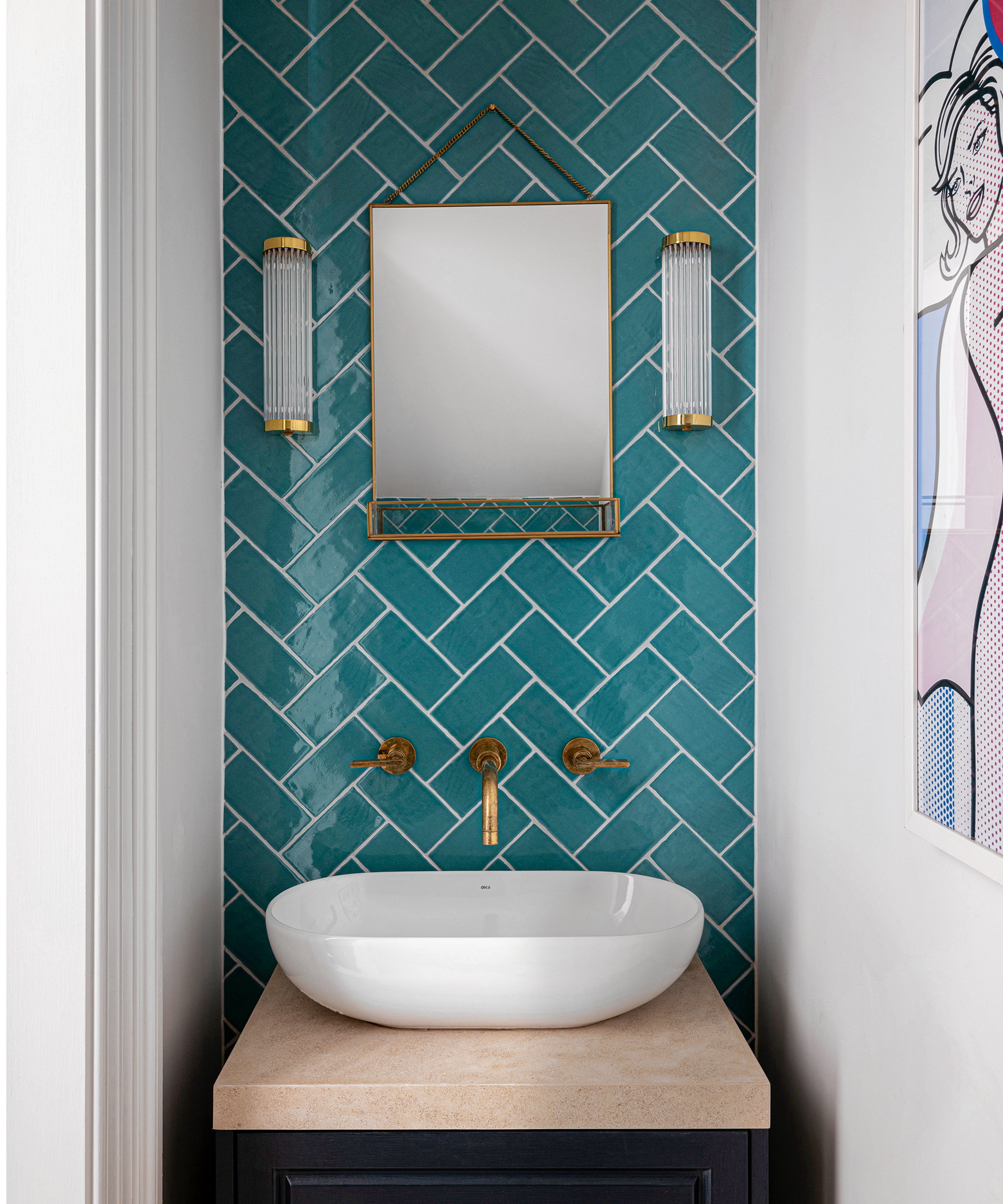
'When you are designing a bathroom vanity area, avoid placing downlights directly overhead as this is uncomfortable for anyone standing under them and won’t cast a flattering light,' says Hanna Walter. 'If your vanity is small, one downlight may do. If you have a large, double vanity, we suggest two.'
'In addition to lighting above the vanity, we strongly recommend dedicated lighting around the mirror for tasks such as shaving and applying make-up. To ensure your face is evenly lit, install pendants or wall lights either side of the mirror.'
'Alternatively, hang an illuminated mirror,' suggests Peter Legg, 'but don’t forget the IP rating, typically those fitted above washstands should be IP44 rated.’
8. Running every light off the the same circuit
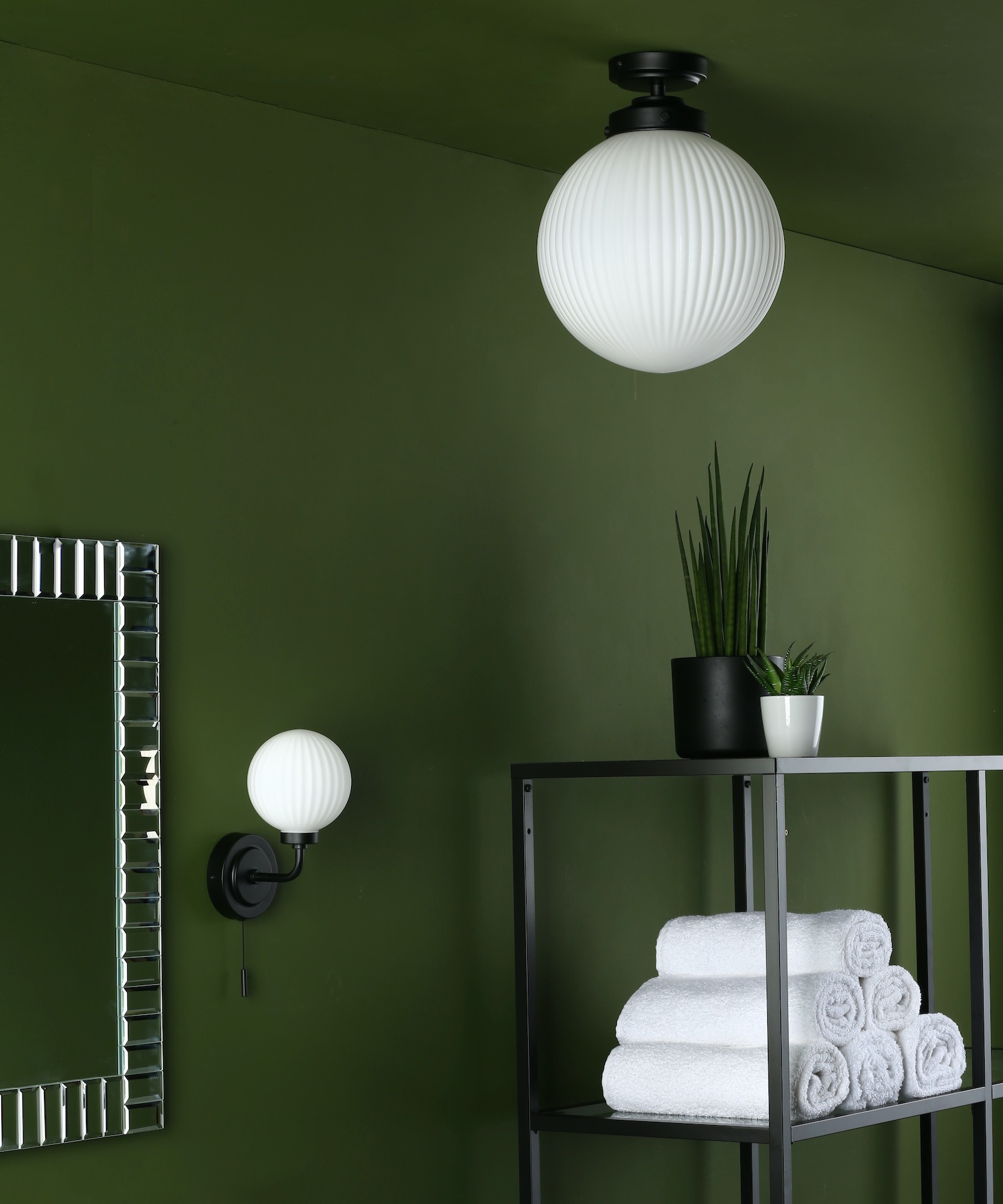
'To achieve a successful bathroom lighting scheme, you’ll need to layer in various light sources ranging from lights around the vanity mirror to general overhead lighting,' says Hanna Walter.
'When you're designing your bathroom, ideally factor in three circuits so that you can control lights independently. This will create a flexible lighting scheme that can be adapted to adjust the mood of the room.'
Can I use outdoor lighting in a bathroom?
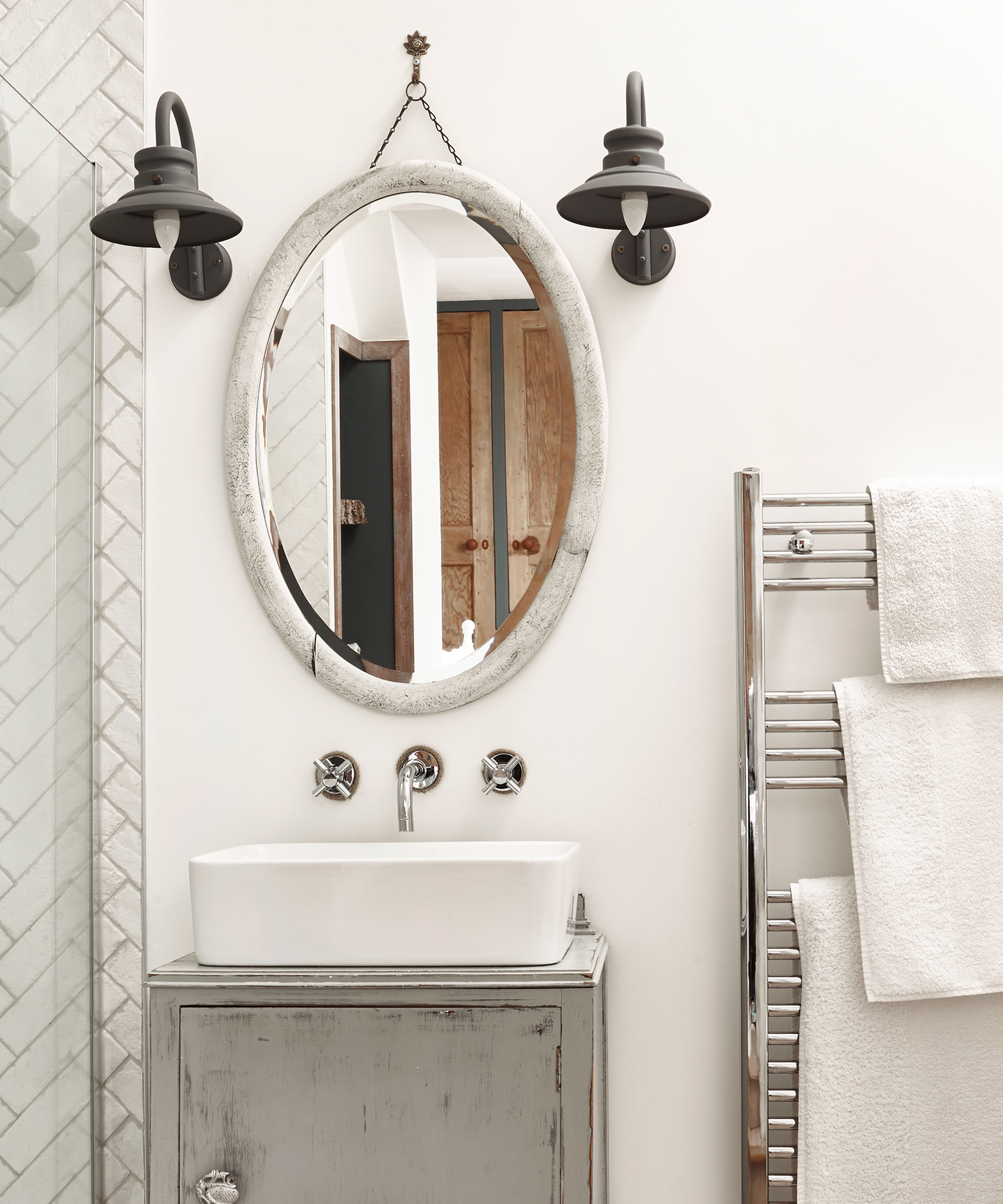
In a word, yes, but you will still need to check the IP ratings against the zone you’re planning to use them in.
'Don’t limit your design choices by only searching for bathroom lights, look for outdoor lighting, too,' says Peter Legg. 'These designs can withstand the elements of the outdoors, which makes them great for bathrooms as they are durable and have the moisture protection needed to keep them safe from water and steam.'
Sign up to the Homes & Gardens newsletter
Design expertise in your inbox – from inspiring decorating ideas and beautiful celebrity homes to practical gardening advice and shopping round-ups.

Amy Cutmore is Editor-in-Chief, Audience, across Future's Homes portfolio. A homes and interiors journalist of 20 years standing, she has spent much of that time writing about technology, appliances and kitchens. While other people count how many countries they've visited, Amy tots up how many countries' washing machine factories she's toured (it's eight by the way, from South Korea to Slovenia). She can't leave the house without a decent pair of noise-cancelling headphones, and is always ready to explain an acronym – be it QLED, DAB or HDMI.
-
 10 of the best plants for clay soil – experts recommend the flowers, shrubs and trees that can thrive in challenging conditions
10 of the best plants for clay soil – experts recommend the flowers, shrubs and trees that can thrive in challenging conditionsDiscover what varieties to grow if you want the best plants for clay soil
By Sarah Wilson
-
 The biggest curtain trends to follow in 2025 – 8 key looks to shop that will instantly elevate your rooms
The biggest curtain trends to follow in 2025 – 8 key looks to shop that will instantly elevate your roomsThese are the colors, styles, and materials to embrace in your windows this year if you want desirable drapes, plus our favorite places to shop the trends
By Lilith Hudson